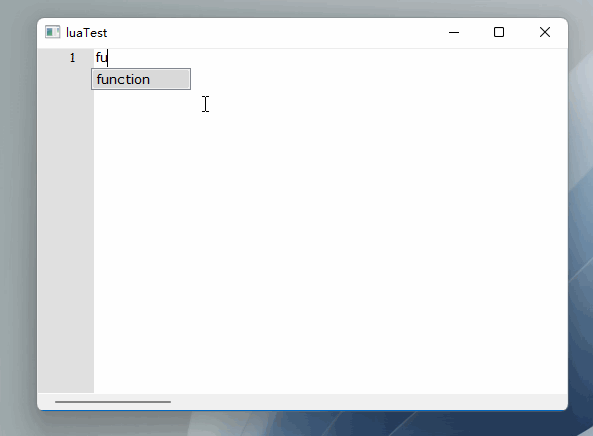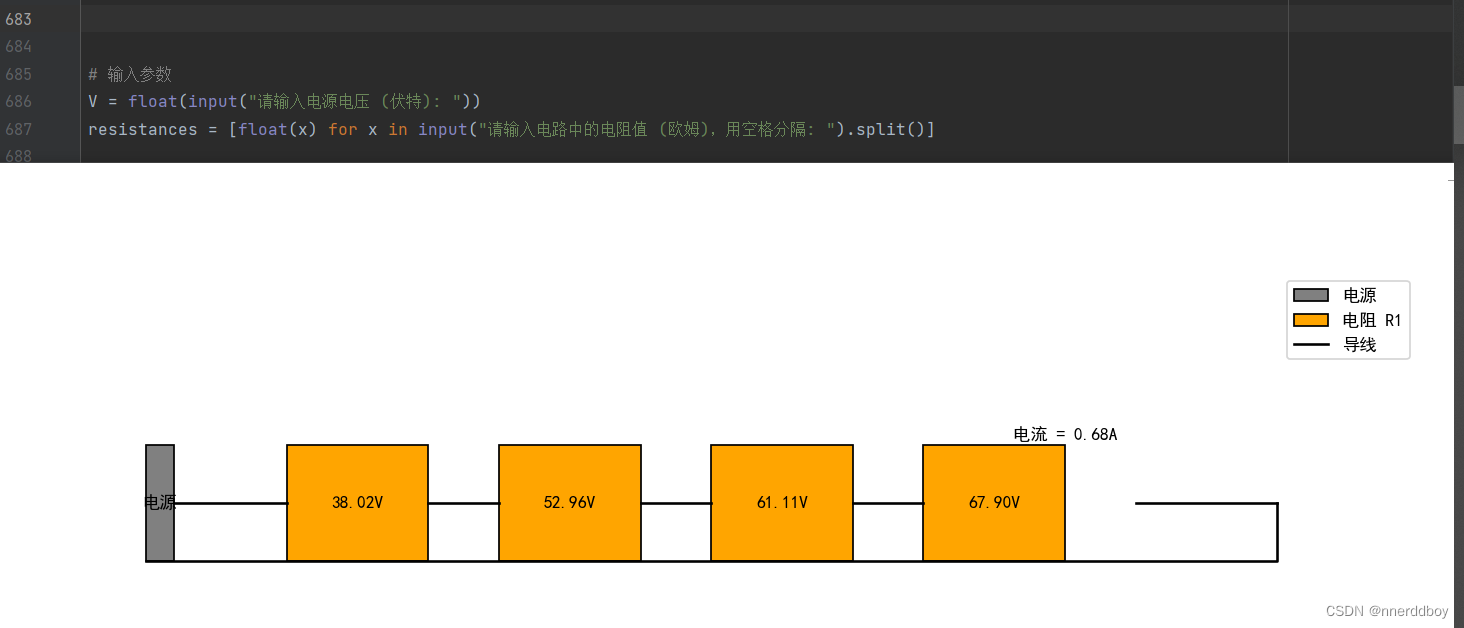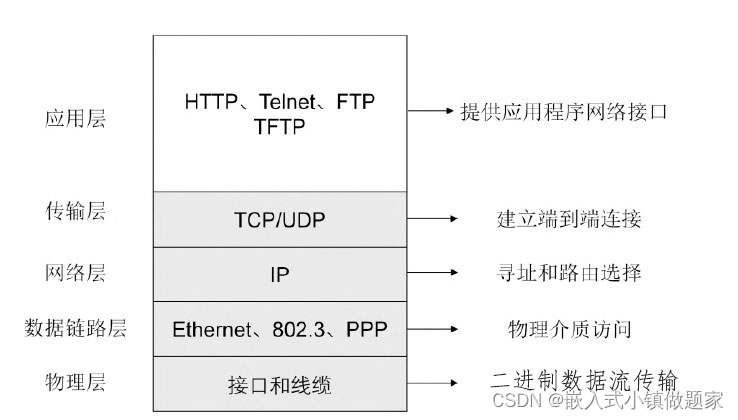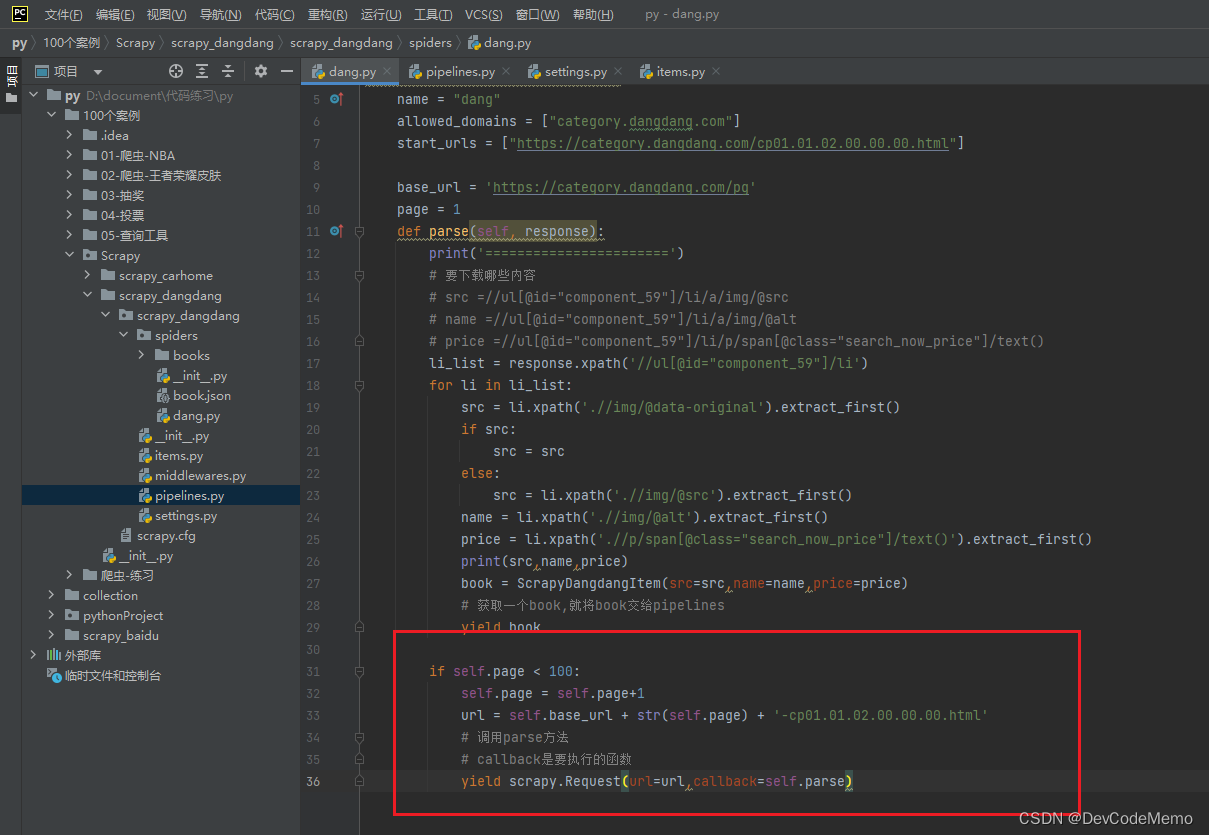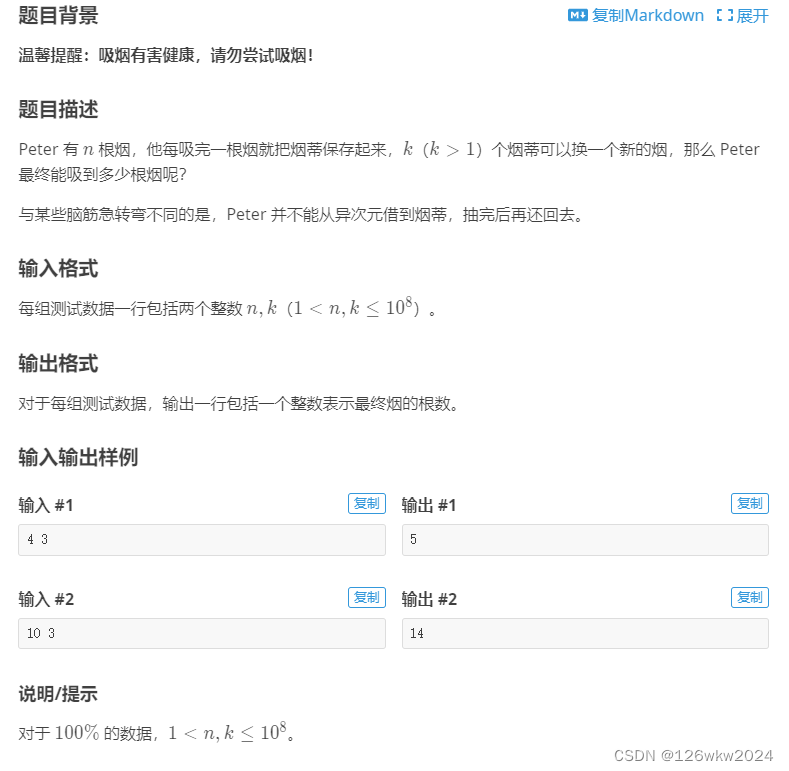最简单的基于 FFmpeg 的视频编码器(YUV 编码为 HEVC(H.265))
- 最简单的基于 FFmpeg 的视频编码器(YUV 编码为 HEVC(H.265))
- 正文
- 结果
- 工程文件下载
最简单的基于 FFmpeg 的视频编码器(YUV 编码为 HEVC(H.265))
参考雷霄骅博士的文章,链接:最简单的基于FFmpeg的视频编码器-更新版(YUV编码为HEVC(H.265))
正文
前一阵子做过一个基于 FFmpeg 的视频编码器的例子:最简单的基于 FFmpeg 的视频编码器(YUV 编码为 H.264)。
在该例子中,可以将 YUV 像素数据(YUV420P)编码为 H.264 码流。因为 FFmpeg 也支持 libx265 ,因此对上述编码 H.264 的例子进行了升级,使之变成编码 H.265(HEVC)的例子。
本文介绍一个最简单的基于 FFmpeg 的视频编码器。
该编码器实现了 YUV420P 的像素数据编码为 H.265(HEVC) 的压缩编码数据。
下面附上一张 FFmpeg 编码视频的流程图。通过该流程,不仅可以编码 H.264/H.265 的码流,而且可以编码 MPEG4/MPEG2/VP9/VP8 等多种码流。实际上使用 FFmpeg 编码视频的方式都是一样的。图中蓝色背景的函数是实际输出数据的函数。浅绿色的函数是视频编码的函数。

简单介绍一下流程中各个函数的意义:
- av_register_all():注册 FFmpeg 所有编解码器。
- avformat_alloc_output_context2():初始化输出码流的 AVFormatContext。
- avio_open():打开输出文件。
- av_new_stream():创建输出码流的 AVStream。
- avcodec_find_encoder():查找编码器。
- avcodec_open2():打开编码器。
- avformat_write_header():写文件头(对于某些没有文件头的封装格式,不需要此函数。比如说 MPEG2TS)。
- avcodec_encode_video2():编码一帧视频。即将 AVFrame(存储 YUV 像素数据)编码为 AVPacket(存储 H.264 等格式的码流数据)。
- av_write_frame():将编码后的视频码流写入文件。
- flush_encoder():输入的像素数据读取完成后调用此函数。用于输出编码器中剩余的 AVPacket。
- av_write_trailer():写文件尾(对于某些没有文件头的封装格式,不需要此函数。比如说 MPEG2TS)。
源代码:
// Simplest FFmpeg Video Encoder H.265.cpp : 定义控制台应用程序的入口点。
//
/**
* 最简单的基于 FFmpeg 的视频编码器
* Simplest FFmpeg Video Encoder
*
* 源程序:
* 雷霄骅 Lei Xiaohua
* leixiaohua1020@126.com
* 中国传媒大学/数字电视技术
* Communication University of China / Digital TV Technology
* http://blog.csdn.net/leixiaohua1020
*
* 修改:
* 刘文晨 Liu Wenchen
* 812288728@qq.com
* 电子科技大学/电子信息
* University of Electronic Science and Technology of China / Electronic and Information Science
* https://blog.csdn.net/ProgramNovice
*
* 本程序实现了 YUV 像素数据编码为视频码流(HEVC(H.265),H264,MPEG2,VP8 等等)。
* 是最简单的 FFmpeg 视频编码方面的教程。
* 通过学习本例子可以了解 FFmpeg 的编码流程。
*
* This software encode YUV420P data to HEVC(H.265) bitstream (or
* H.264, MPEG2, VP8 etc.).
* It's the simplest video encoding software based on FFmpeg.
* Suitable for beginner of FFmpeg
*
*/
#include "stdafx.h"
#include <stdio.h>
#include <stdlib.h>
// 解决报错:fopen() 函数不安全
#pragma warning(disable:4996)
// 解决报错:无法解析的外部符号 __imp__fprintf,该符号在函数 _ShowError 中被引用
#pragma comment(lib, "legacy_stdio_definitions.lib")
extern "C"
{
// 解决报错:无法解析的外部符号 __imp____iob_func,该符号在函数 _ShowError 中被引用
FILE __iob_func[3] = { *stdin, *stdout, *stderr };
}
#define __STDC_CONSTANT_MACROS
#ifdef _WIN32
// Windows
extern "C"
{
#include "libavutil/opt.h"
#include "libavcodec/avcodec.h"
#include "libavformat/avformat.h"
#include "libswscale/swscale.h"
};
#else
// Linux...
#ifdef __cplusplus
extern "C"
{
#endif
#include <libavutil/opt.h>
#include <libavcodec/avcodec.h>
#include <libavformat/avformat.h>
#include <libswscale/swscale.h>
#ifdef __cplusplus
};
#endif
#endif
int flush_encoder(AVFormatContext *fmt_ctx, unsigned int stream_index)
{
int ret;
int got_frame;
AVPacket enc_pkt;
if (!(fmt_ctx->streams[stream_index]->codec->codec->capabilities & CODEC_CAP_DELAY))
{
return 0;
}
while (1)
{
printf("Flushing stream #%u encoder.\n", stream_index);
enc_pkt.data = NULL;
enc_pkt.size = 0;
av_init_packet(&enc_pkt);
ret = avcodec_encode_video2(fmt_ctx->streams[stream_index]->codec, &enc_pkt,
NULL, &got_frame);
av_frame_free(NULL);
if (ret < 0)
break;
if (!got_frame)
{
ret = 0;
break;
}
printf("Flush Encoder: Succeed to encode 1 frame! size:%5d.\n", enc_pkt.size);
// mux encoded frame
ret = av_write_frame(fmt_ctx, &enc_pkt);
if (ret < 0)
{
break;
}
}
return ret;
}
int main(int argc, char* argv[])
{
AVFormatContext* pFormatCtx;
AVOutputFormat* fmt;
AVStream* video_stream;
AVCodecContext* pCodecCtx;
AVCodec* pCodec;
AVPacket pkt;
uint8_t* picture_buf;
AVFrame* pFrame;
int ret;
int size = 0;
int y_size = 0;
int framecnt = 0;
// Input raw YUV data
FILE *fp_in = fopen("ds_480x272.yuv", "rb");
// FILE *in_file = fopen("src01_480x272.yuv", "rb");
const int in_width = 480, in_height = 272; // Input data's width and height
int framenum = 100; // Frames to encode
// Output Filepath
// const char* out_file = "ds.h264";
const char* out_file = "ds.hevc";
// const char* out_file = "src01.h264";
// const char* out_file = "src01.ts";
av_register_all();
// Method 1
// pFormatCtx = avformat_alloc_context();
// fmt = av_guess_format(NULL, out_file, NULL); // Guess Format
// pFormatCtx->oformat = fmt;
// Method 2
avformat_alloc_output_context2(&pFormatCtx, NULL, NULL, out_file);
fmt = pFormatCtx->oformat;
// Open output URL
ret = avio_open(&pFormatCtx->pb, out_file, AVIO_FLAG_READ_WRITE);
if (ret < 0)
{
// 输出文件打开失败
printf("Can't open output file.\n");
return -1;
}
video_stream = avformat_new_stream(pFormatCtx, 0);
video_stream->time_base.num = 1;
video_stream->time_base.den = 25;
if (video_stream == NULL)
{
printf("Can't create video stream.\n");
return -1;
}
// Param that must set
pCodecCtx = video_stream->codec;
// pCodecCtx->codec_id = AV_CODEC_ID_HEVC;
pCodecCtx->codec_id = fmt->video_codec;
pCodecCtx->codec_type = AVMEDIA_TYPE_VIDEO;
pCodecCtx->pix_fmt = AV_PIX_FMT_YUV420P;
pCodecCtx->width = in_width;
pCodecCtx->height = in_height;
pCodecCtx->bit_rate = 400000;
pCodecCtx->gop_size = 250;
pCodecCtx->time_base.num = 1;
pCodecCtx->time_base.den = 25;
// H.264
// pCodecCtx->me_range = 16;
// pCodecCtx->max_qdiff = 4;
// pCodecCtx->qcompress = 0.6;
pCodecCtx->qmin = 10;
pCodecCtx->qmax = 51;
// Optional Param
pCodecCtx->max_b_frames = 3;
// Set Option
AVDictionary *param = 0;
// H.264
if (pCodecCtx->codec_id == AV_CODEC_ID_H264)
{
av_dict_set(¶m, "preset", "slow", 0);
av_dict_set(¶m, "tune", "zerolatency", 0);
// av_dict_set(¶m, "profile", "main", 0);
}
// H.265
if (pCodecCtx->codec_id == AV_CODEC_ID_H265)
{
av_dict_set(¶m, "x265-params", "qp=20", 0);
av_dict_set(¶m, "preset", "ultrafast", 0);
av_dict_set(¶m, "tune", "zero-latency", 0);
}
// Show some Information
av_dump_format(pFormatCtx, 0, out_file, 1);
pCodec = avcodec_find_encoder(pCodecCtx->codec_id);
if (!pCodec)
{
// 没有找到合适的编码器
printf("Can't find encoder.\n");
return -1;
}
ret = avcodec_open2(pCodecCtx, pCodec, ¶m);
if (ret < 0)
{
// 编码器打开失败
printf("Failed to open encoder.\n");
return -1;
}
pFrame = avcodec_alloc_frame();
size = avpicture_get_size(pCodecCtx->pix_fmt, pCodecCtx->width, pCodecCtx->height);
picture_buf = (uint8_t *)av_malloc(size);
avpicture_fill((AVPicture *)pFrame, picture_buf, pCodecCtx->pix_fmt, pCodecCtx->width, pCodecCtx->height);
// Write File Header
avformat_write_header(pFormatCtx, NULL);
y_size = pCodecCtx->width * pCodecCtx->height;
av_new_packet(&pkt, 3 * y_size);
for (int i = 0; i < framenum; i++)
{
// Read raw YUV data
if (fread(picture_buf, 1, y_size * 3 / 2, fp_in) <= 0)
{
// 文件读取错误
printf("Failed to read raw YUV data.\n");
return -1;
}
else if (feof(fp_in))
{
break;
}
pFrame->data[0] = picture_buf; // Y
pFrame->data[1] = picture_buf + y_size; // U
pFrame->data[2] = picture_buf + y_size * 5 / 4; // V
// PTS
pFrame->pts = i;
// pFrame->pts = i*(video_stream->time_base.den) / ((video_stream->time_base.num) * 25);
int got_picture = 0;
// Encode
ret = avcodec_encode_video2(pCodecCtx, &pkt, pFrame, &got_picture);
if (ret < 0)
{
printf("Failed to encode! \n");
return -1;
}
if (got_picture == 1)
{
printf("Succeed to encode frame: %5d\tsize:%5d.\n", framecnt, pkt.size);
framecnt++;
pkt.stream_index = video_stream->index;
ret = av_write_frame(pFormatCtx, &pkt);
av_free_packet(&pkt);
}
}
// Flush Encoder
ret = flush_encoder(pFormatCtx, 0);
if (ret < 0)
{
printf("Flushing encoder failed.\n");
return -1;
}
// Write file trailer
av_write_trailer(pFormatCtx);
// Clean
if (video_stream)
{
avcodec_close(video_stream->codec);
av_free(pFrame);
av_free(picture_buf);
}
avio_close(pFormatCtx->pb);
avformat_free_context(pFormatCtx);
fclose(fp_in);
system("pause");
return 0;
}
结果
运行程序,将输入 YUV 文件编码为 HEVC(H.265) 文件,以下是其信息:
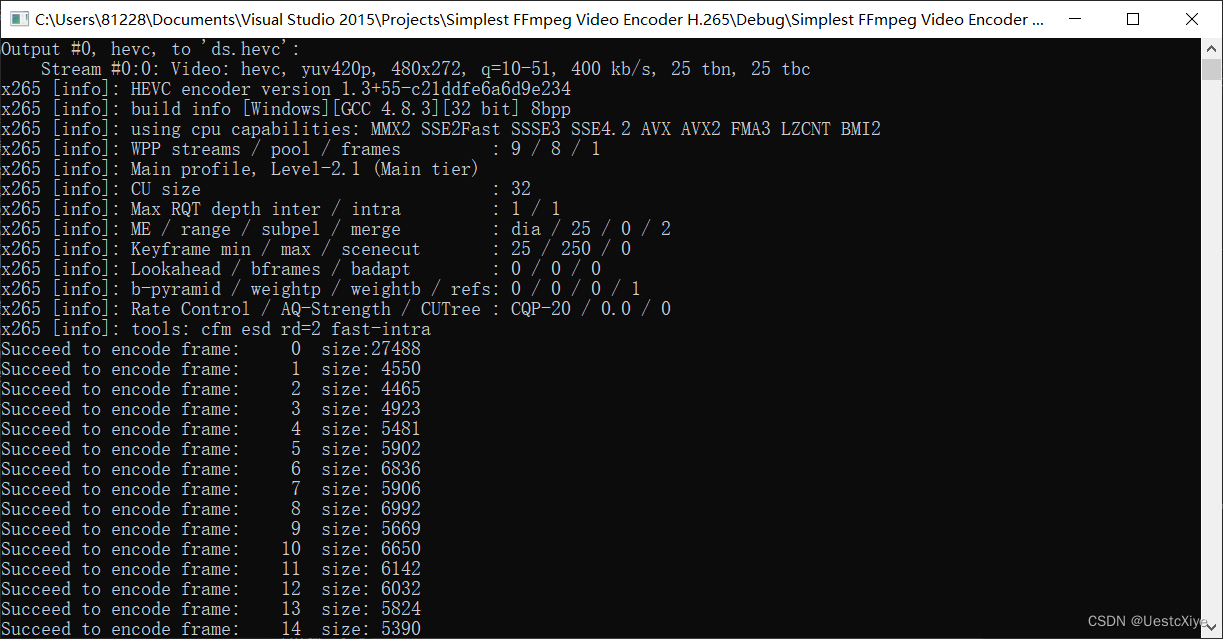
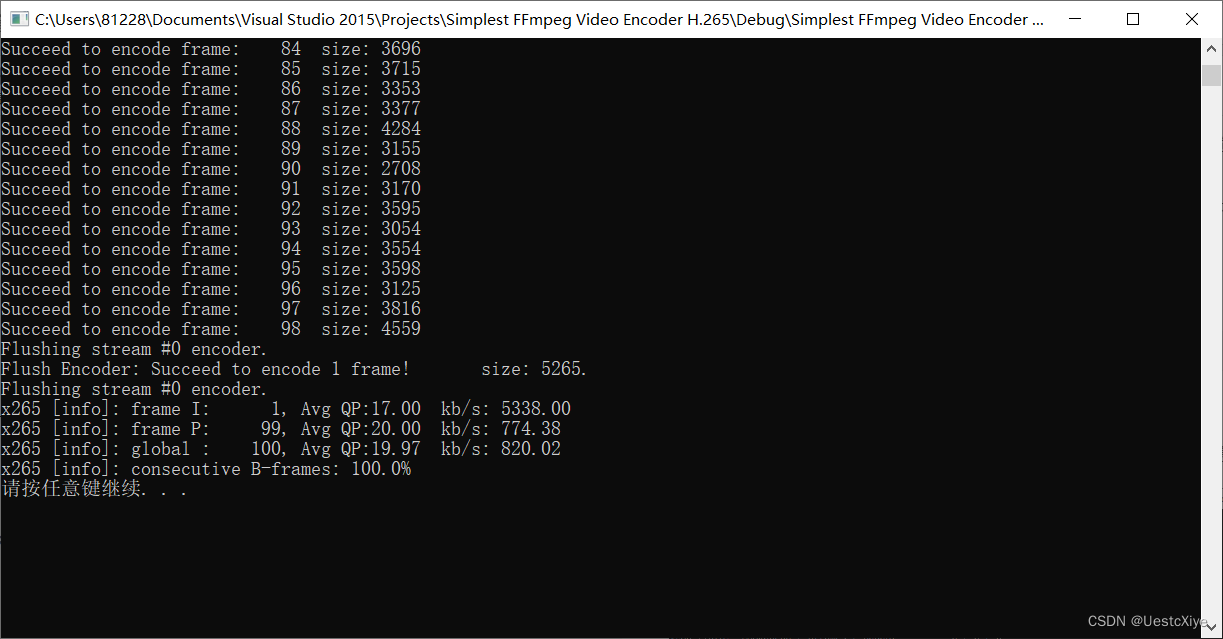
用 VLC media player 播放:

可以正常播放。
工程文件下载
GitHub:UestcXiye / Simplest-FFmpeg-Video-Encoder-H.265
CSDN:Simplest FFmpeg Video Encoder H.265.zip




